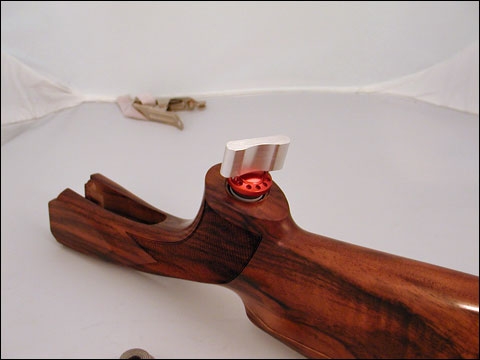
Zoli is ready to introduce its second-generation Z-Sport over/under, which will feature a revolutionary weight balancing system, state-of-the-art mechanical trigger and additional refinements that play on the gunmaker’s reputation for dependability.
There are two challenges to finding a great shotgun — fit and suitability.
The shotguns section of Shotgun Life is dedicated to helping you recognize the perfect shotgun (that you’ll want to keep for the rest of your life, and then hand down to your family for generations to come.)
For some people, finding a great shotgun is simply love at first sight. For others, a great shotgun grows on them — and they find themselves down in the basement cleaning it for absolutely no other reason than just to be in its company.
But for every shotgun owner who falls in love with their pride-and-joy, there are teams of engineers and craftsmen toiling away behind the scenes to bring your gun to fruition.
As you’ll see, shotguns are generally designed for a particular sport. Some shotguns have composite stocks and fore-ends to withstand the travails of duck hunting. Then there are single-shot trap guns with high ribs that help you intercept rising targets. And skeet shooters find that their beavertail fore-end is particularly adept at bringing about a smooth, quick swing.
So let the search begin. Here is what you’ll find in our shotgun section…

Zoli is ready to introduce its second-generation Z-Sport over/under, which will feature a revolutionary weight balancing system, state-of-the-art mechanical trigger and additional refinements that play on the gunmaker’s reputation for dependability.

There are three versions of Winchester’s Super X (now shortened to the SX). The Super X Model 1 semi-auto first appeared in 1974. This was one heck of a shotgun, but production ceased in 1984 as the Super X was very expensive to produce because many of its parts were milled rather than stamped.
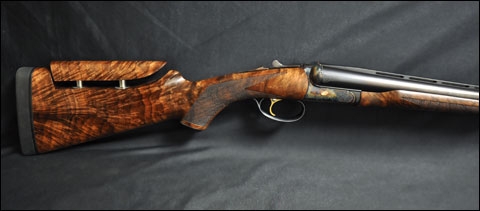
Question: Who needs it?
Answer: You do (if you qualify).
The question, in fact, arose from our initial reaction to finding the RBL12 Sporting Clays model on the web site of Connecticut Shotgun Manufacturing Company (www.connecticutshotgun.com).
The ultimate answer, however, revealed itself after we spent a few weeks shooting this unusual and remarkable side by side.
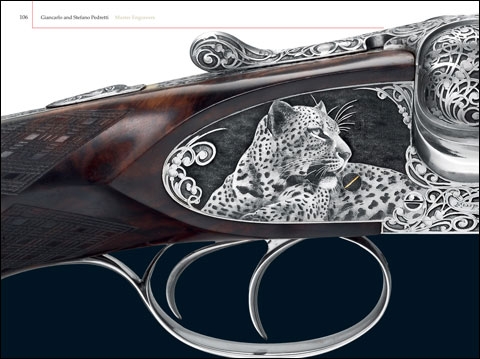
Giancarlo & Stefano Pedretti – Master Engravers is the third book in a series on Italy’s most prestigious and venerated engravers. The book contains 256 pages of text and sumptuous full-color plates in an oversized hardcover format. The first Master Engraving volume featured the work of Gianfranco Pedersoli; the second, the art of Firmo and Francesca Fracassi.

Written by Irwin Greenstein with the opinions of Lee Brown, Brett Eppard, Jim Freel, Rick Openshaw and Alessandro Vitale
“It’s like a true Italian woman standing in the room, your eyes immediately turn to it on the gun rack,” said Alessandro Vitale of the Benelli Legacy 28, admiring it after he just ran a perfect score of skeet with the 28-gauge semi-auto.
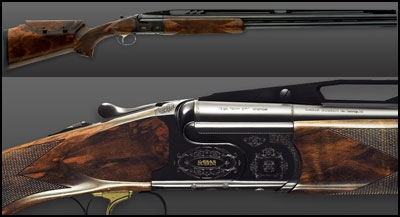
By naming its shotgun the Impact, Caesar Guerini is engaging in a lively game of word play. The Impact is a wake-up call to an industry that all too often substitutes innovation with attractive engraving and well-figured wood. The Impact also hands shooters a fully adjustable point of impact – essentially a cutting-edge target shredder for under $5,000.

Shuck a pump gun and testosterone immediately triggers fireworks in the brain – even if the gun is specifically designed for women.
And that is exactly what happened when we shot the Ithaca Model 37 With Ladies Stock.
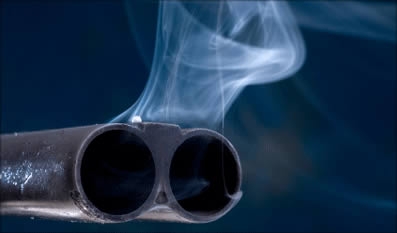
We move through it, we shoot through it and we breathe it. It’s air. But it’s something most shooters never think about when they are competing in a sporting clays competition or even in practice. It is something we should consider when shooting above 3,000 feet. At 3,000 feet the air density is less than at sea level. At 5,000 to 6,000 feet it’s about 80% of what it is at sea level. It is that reduction of air density (altitude) that allows a shot string to stay tight longer than it would at sea level.
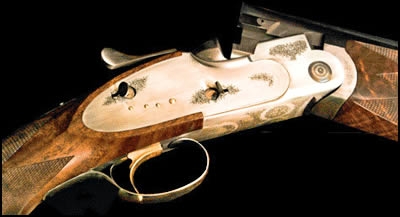
Call me crazy, but when someone handed me the 12-gauge model of the new A-10 American sidelock for the first time, it evoked a $100,000 pigeon gun by the ultra-exclusive Italian firm of Tullio and Ivo Fabbri.
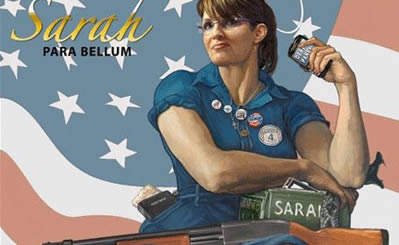
In the shadow of Capitol Hill, a forgotten patriot consigned to America’s trash heap of the unemployed has created a new national symbol that celebrates the values Sarah Palin holds true.
Join an elite group of readers who receive their FREE e-letter every week from Shotgun Life. These readers gain a competitive advantage from the valuable advice delivered directly to their inbox. You'll discover ways to improve your shooting, learn about the best new products and how to easily maintain your shotgun so it's always reliable. If you strive to be a better shooter, then our FREE e-letters are for you.
Shotgun Life is the first online magazine devoted to the great people who participate in the shotgun sports.
Our goal is to provide you with the best coverage in wing and clays shooting. That includes places to shoot, ways to improve your shooting and the latest new products. Everything you need to know about the shotgun sports is a mouse-click away.
Irwin Greenstein
Publisher
Shotgun Life
PO Box 6423
Thomasville, GA 31758
Phone: 229-236-1632